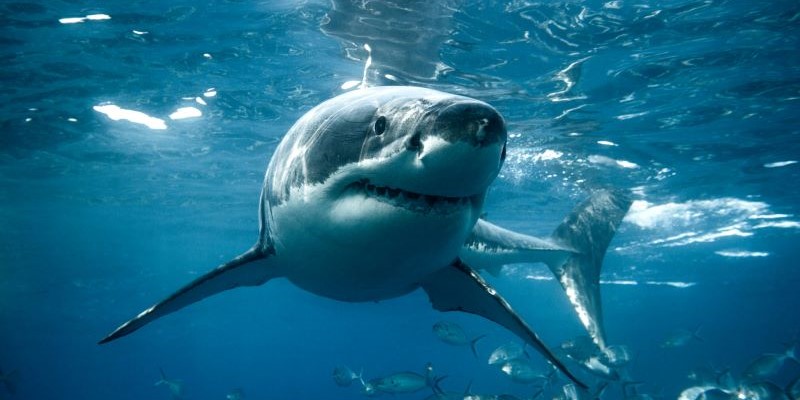| By J. Robert Parks |
Some movies are culturally significant because almost everyone sees them, and they function as touchstones. Casablanca is one of those, as is The Godfather. Even people who haven’t seen those movies quote them without realizing it. A few movies, however, go beyond that and actually change the culture. Jaws was one of those. It fundamentally transformed how Hollywood operates. Fifty years ago this week, on June 20, 1975, Jaws opened across the country and ushered in the summer blockbuster. Teachers and librarians who want to show students how the entertainment industry and especially movies have changed over the years will find a wealth of resources in Gale In Context: U.S. History.
Jaws was based on a book written by Peter Benchley that had come out the year before. Even before the book was published, the film rights were purchased, and Steven Spielberg was chosen to direct it. This was well before Spielberg had made his mark, however, and the Jaws production was infamous for difficulties and cost overruns. Challenging weather conditions around Martha’s Vineyard, where the movie was shooting, and trouble making the shark look realistic led to months of extra filming.
Despite those troubles, the distributor Universal Pictures decided to make Jaws into an “event” movie that would attempt to get the media and people talking about it even before it came out. One of the ways it did that was by using what is known as front-loaded saturation advertising. Universal flooded television airwaves with commercial after commercial in the weeks before the movie opened.
This seems normal today, but that was atypical for Hollywood in 1975. Before then, Hollywood would save most of the marketing budget for after the movie opened and highlight what critics wrote about it. This also gave Hollywood executives flexibility. If the movie got poor reviews, the studio wouldn’t waste money marketing it. Front-loaded advertising, which became the norm after Jaws, made it so that Hollywood wasn’t dependent on reviews; it could create buzz about a movie even if it was terrible.
Along with front-loaded advertising, Universal also decided to open Jaws in theaters nationwide on the same day (known as a wide release). This also was unusual. Before Jaws, it was much more common for even big movies to use a platform release schedule, where a movie would open first in New York City and Los Angeles, then expand the following week to Chicago, Boston, and other major cities, then slowly spread across the country to medium-sized cities and then towns and rural areas. Again, the platform release showed a preference for relying on reviews and word of mouth, but it made it more difficult to market a poorly reviewed film. Front-loaded advertising fit better with a nationwide release where the marketing was creating the buzz rather than word of mouth.
Not that Jaws was a poorly reviewed film, but even Universal was surprised at how well the movie did. It made $36 million dollars in its first 17 days, an unheard of amount, and quickly became a phenomenon. Although Universal’s marketing worked, some credit must go to John Williams’s brilliantly ominous score, Roy Scheider’s grounded performance, and Robert Shaw’s brilliant turn as the Captain Ahab-like Quint.
Before Jaws, big movies didn’t open in the summer. The summer was when kids played outside and went to camp, and families went on vacation. If a Hollywood executive felt that they had a hit, they would wait to open the movie closer to Thanksgiving and Christmas. Movies likely to fall flat got released in June, July, and August.
The success of Jaws showed Hollywood that it wasn’t just that you could open a big movie in the summer, but that the summer might be the best time to open a big movie. If a movie was a hit, people would go to see it multiple times over the course of the summer. By the end of July, Jaws had made more than $70 million at the box office, and it crossed the $100 million mark before Labor Day.
This is also why the biggest of the blockbusters now open at the beginning of summer, to maximize the chances that people will see them more than once. It didn’t take long for Hollywood to pretend that May was actually summer. Soon, the biggest movies of the year were each staking out a different weekend in May to open. That’s why Marvel has consistently taken the first weekend of May to release its biggest movies. But none of that would’ve happened without Jaws.
About the Author
J. Robert Parks is a former professor and frequent contributor to Gale InContext: U.S. History and Gale In Context: World History who enjoys thinking about how our understanding of history affects and reflects contemporary culture.


